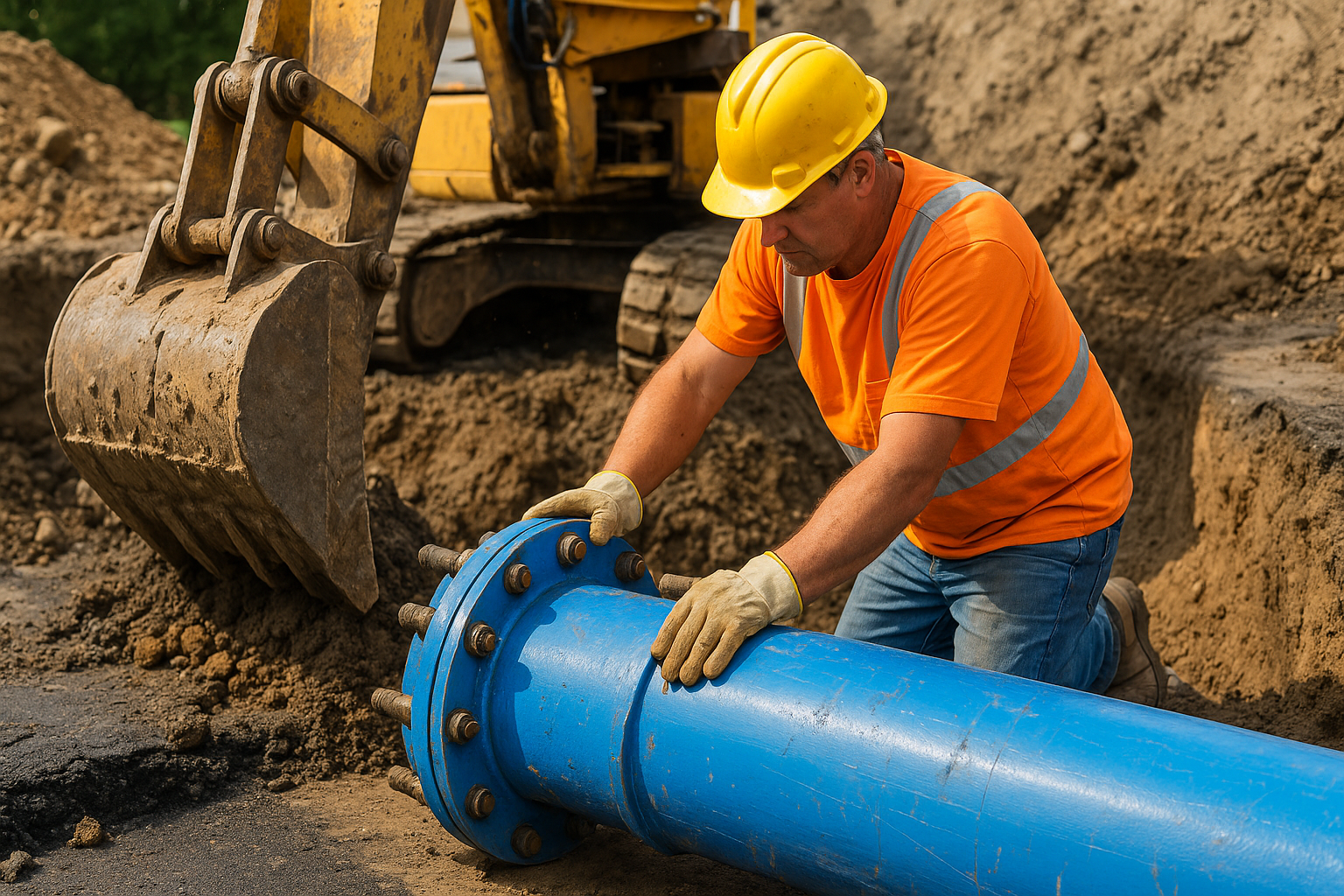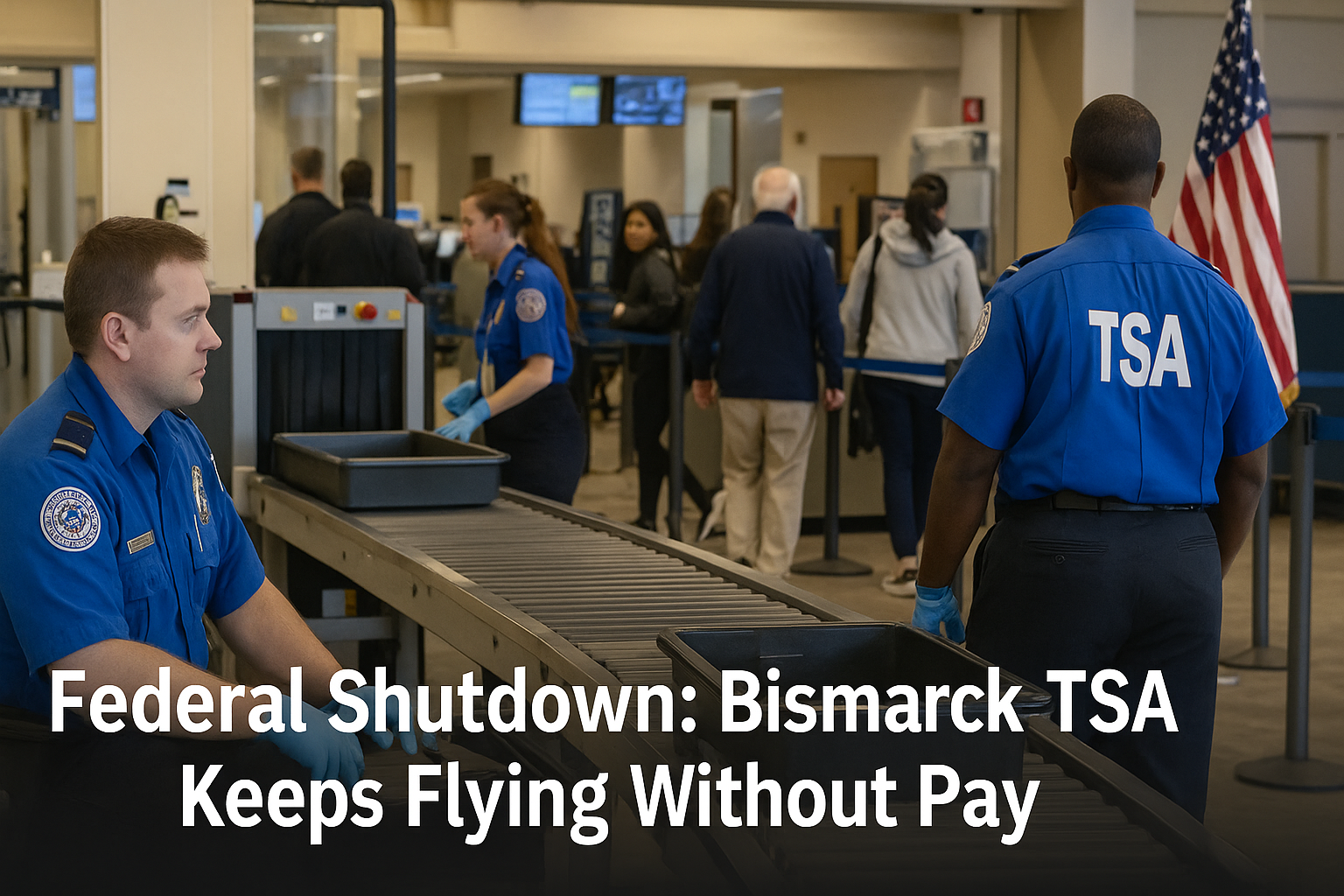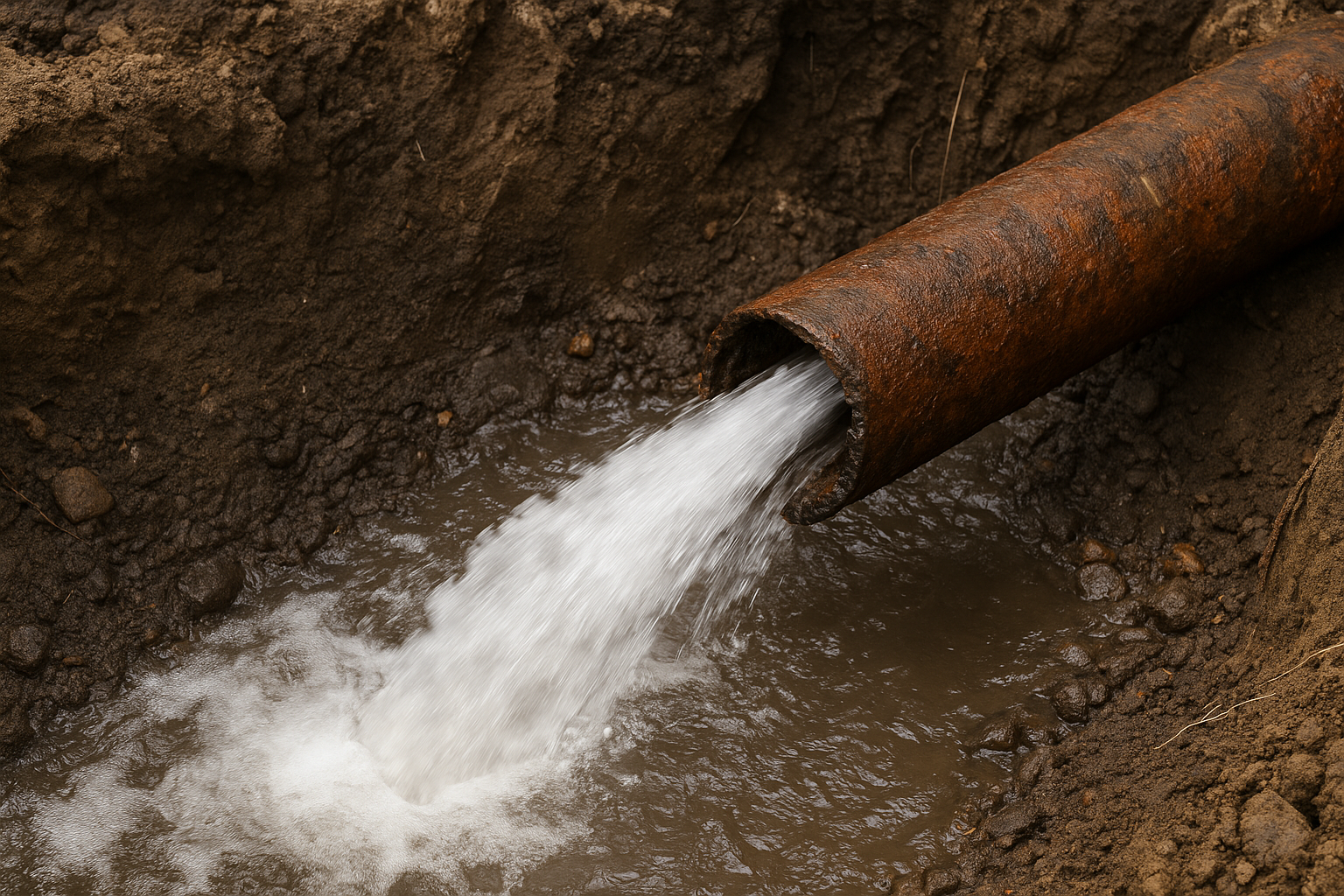The SRF program, jointly managed by the ND Department of Environmental Quality and the Public Finance Authority, provides long-term, low-interest loans (currently around 2 %) for water supply, wastewater, stormwater, and sewer infrastructure projects.
In September, six loans were awarded across four communities:
Dickinson: $1M CWSRF + $1M DWSRF to replace cast-iron mains, rehab sewers, install storm sewers
Lisbon: $9.9M for clean water + $1.3M for drinking water to overhaul mains, sewers, and streets.
Bowman: $4M to rehabilitate sanitary sewer systems
Valley City: $600K to replace aging sanitary sewer mains during road work
These investments aim to reduce main breaks, minimize flooding and backups, and bring aging systems into compliance.
Why Bismarck cares:
As the state’s capital and a fast-growing metro, Bismarck watches trends in infrastructure funding to benchmark its own projects.
Bismarck has significant water, sewer, and stormwater demands — knowing how SRF funds are allocated and used helps local engineers, city planners, and ratepayers anticipate what's possible here.
With the ND Department of Water Resources recently getting a $769M biennial appropriation (via HB 1020) to support water systems statewide — including flood control in south Bismarck — these SRF awards tie into the larger water funding climate.
Elizabeth Tokach-Duran, Manager of the Clean Water SRF, says:
“Our loans can stretch to 20 or 30 years depending on the useful life of the project. At an effective interest rate of 2 %, we’re offering communities a chance to invest in themselves where they might otherwise lack the capacity.”
“This is transformative for our residents — new mains, fewer outages, better quality. We’ll also look at how this model could support future projects in nearby regions, including capital areas.”
From a Bismarck city engineer “We monitor SRF awards across North Dakota to inform our future bond planning. Seeing several small towns receive major loans reminds us that prioritization and timely application matter.”
Bismarck engineers and city officials can study the applications and outcomes from Dickinson, Lisbon, Bowman, and Valley City to model their own SRF proposals.
Even though loans are low-interest, project costs are passed through to ratepayers. Bismarck must balance infrastructure upgrades with affordability, drawing lessons from how smaller communities manage rate adjustments.
Larger projects in Bismarck may compete with rural and small-town proposals. Understanding the SRF scoring, priority lists, and eligibility will help Bismarck remain competitive.
Given Bismarck’s flood history (especially south Bismarck), the city should keep an eye on SRF eligibility for stormwater and resilience projects — funds might be diverted or prioritized in future cycles.
These six SRF-funded projects across the state represent more than just upgrades in small towns — they’re early indicators of how North Dakota is reinvesting in water infrastructure. The funding landscape is ripe, but success will come to those who act strategically, align with priority goals, and build robust proposals.



